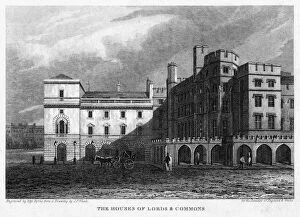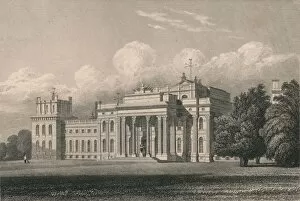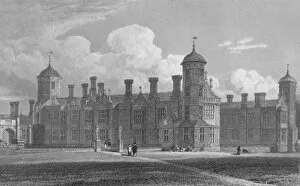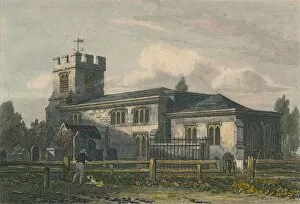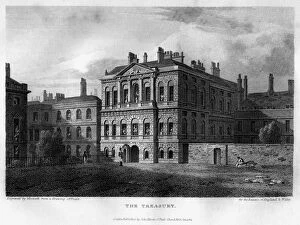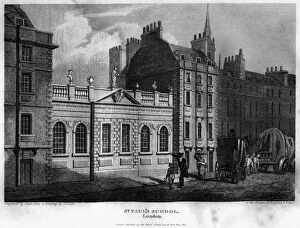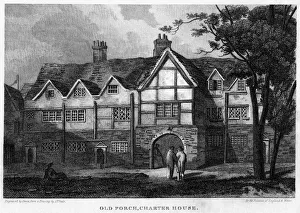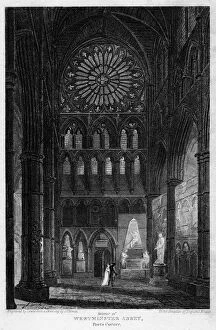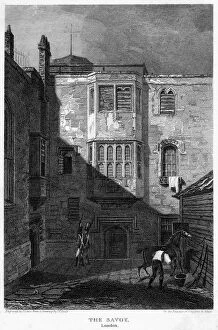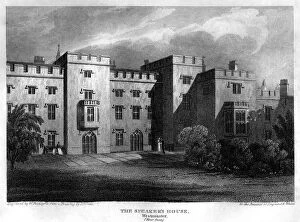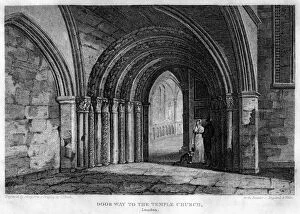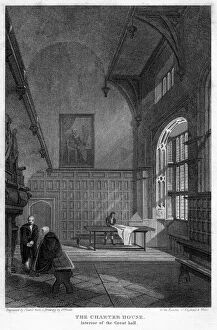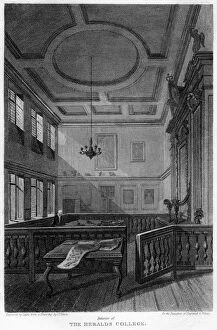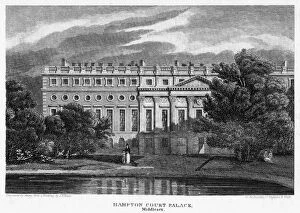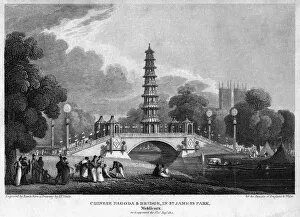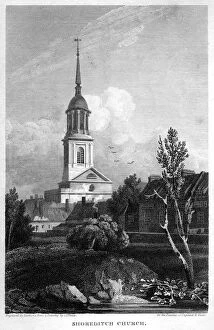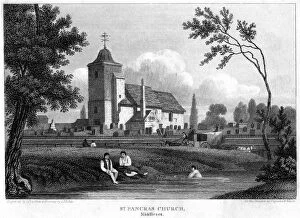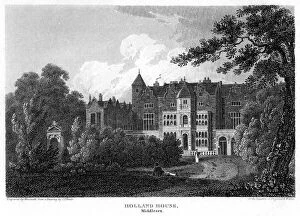John Preston Collection
"John Preston: A Man of Influence and Legacy" Step into the world of John Preston, a prominent figure in 19th-century Britain
All Professionally Made to Order for Quick Shipping
"John Preston: A Man of Influence and Legacy" Step into the world of John Preston, a prominent figure in 19th-century Britain. From his involvement in politics to his successful business ventures, he left an indelible mark on various aspects of society. In the heart of Westminster, London, stands the Houses of Lords and Commons - a symbol of power and governance. It was here that John Preston's voice echoed through the halls as he contributed to shaping the nation's future. But politics wasn't his only passion. In Belfast, warehouses bearing his name proudly stood as testaments to his entrepreneurial spirit. Messrs Preston Smyth and Co alongside John Preston and Co were beacons of commerce in Donegall Square and Adelaide Place. Beyond business interests, John had an appreciation for art and architecture. The enchanting view of Blenheim in Oxfordshire captured by William Radclyffe showcased both natural beauty and man-made grandeur - qualities that resonated with him deeply. Traveling northwards to Lanarkshire, Lee Place emerged as another testament to John's refined taste. Created by Archelaus Cruse in 1828, this architectural gem reflected elegance amidst Scotland's picturesque landscapes. London Docks also held significance for our protagonist; T Matthews' depiction revealed its bustling entrance where trade thrived under John's watchful eye. His keen sense for opportunity led him towards success within this vibrant hub. As a patron of culture, John appreciated historical landmarks like Edward the Confessor's mausoleum within Westminster Abbey - a place steeped in regal history that fascinated him greatly. Not limited to political or commercial pursuits alone, Sir John Musgrave became one subject immortalized by artist John Preston Knight himself – capturing not just their likeness but also their shared dedication towards public service. Similarly depicted was Thomas Corney – Deputy Treasurer – whose portrait painted by Knight exemplified trustworthiness synonymous with those who worked alongside John. In his lifetime, John Preston left an enduring legacy.

